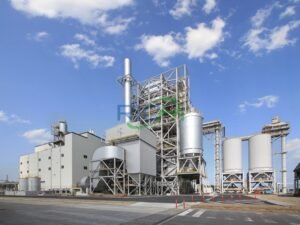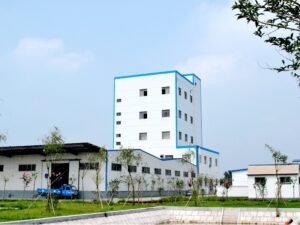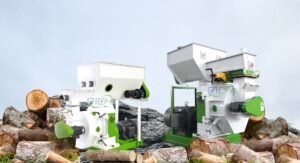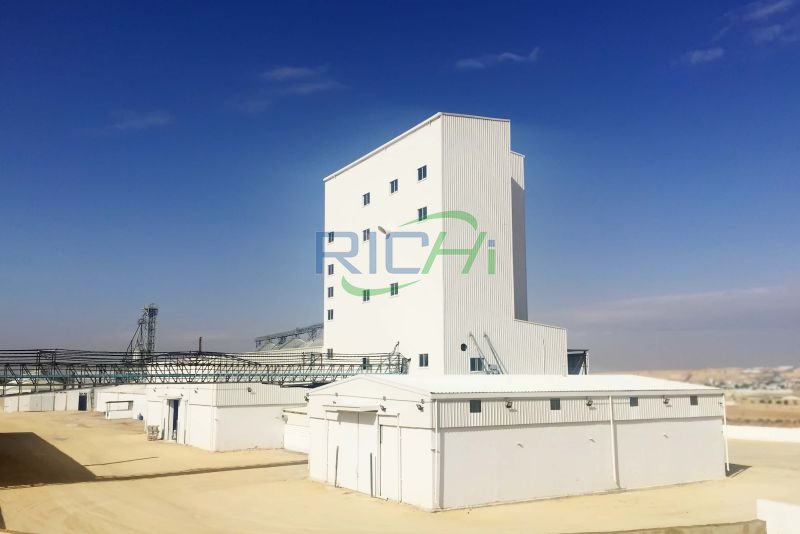
Setting up a 15 tons per hour (t/h) feed pretreatment plant is a significant project that requires a well-rounded selection of equipment to ensure efficient and high-quality feed production. The pretreatment phase is crucial as it prepares raw materials for the subsequent pelletizing process, ensuring consistency and quality in the final product. This article outlines the main equipment needed for a 15t/h feed pretreatment plant and describes their roles in the production process.
1. Raw Material Receiving and Pre-Cleaning Equipment
The first step in the feed production process involves receiving and initially cleaning raw materials. This equipment ensures that the materials are free from contaminants that could compromise feed quality or damage machinery.
- Receiving Hopper: Used to accept bulk raw materials.
- Rotary Sieve: Removes larger foreign materials such as stones and debris.
- Magnetic Separator: Extracts metallic contaminants to protect downstream equipment. (Related post: animal feed processing machine)
2. Grinding Equipment
Grinding is a critical step in the feed pretreatment process, reducing raw materials to a uniform particle size essential for mixing and pelletizing.
- Hammer Mill: The most common grinding equipment, capable of crushing feed ingredients into fine particles. The SFSP series hammer mill is widely used for its high efficiency and superior crushing performance.
3. Batching and Mixing Equipment
Accurate batching and thorough mixing are vital for producing consistent and nutritionally balanced feed.
- Batching Bins: Used to store various raw materials before mixing.
- Batch Weighing System: Ensures precise measurement of each ingredient.
- Feed Mixer: A twin-shaft or single-shaft mixer that blends ingredients uniformly. The mixer is typically mounted on load cells for accurate weighing.
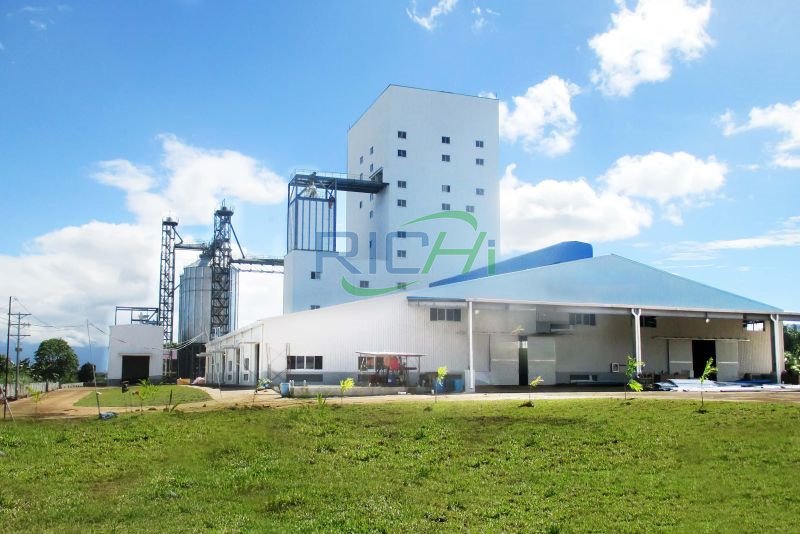
4. Conditioning Equipment
Conditioning involves adding moisture and heat to the feed mixture to enhance pellet quality and digestibility.
- Conditioner: A device that uses steam to heat and moisten the feed mixture, ensuring it reaches the right temperature and moisture level before pelletizing.
5. Pelletizing Equipment
Although primarily part of the pelletizing phase, the pellet mill is often integrated into the pretreatment plant to streamline operations.
- Pellet Mill: Compresses the conditioned feed mixture into pellets. Ring die pellet mills are preferred for large-scale production due to their efficiency and durability.
6. Cooling and Drying Equipment
After pelletizing, hot pellets need cooling and drying to stabilize them and prevent mold growth.
- Pellet Cooler: Reduces the temperature of the pellets to ambient levels. A counter-flow cooler is commonly used for its efficiency.
- Dryer: Ensures the pellets reach the desired moisture content.
7. Screening Equipment
Screening is essential to remove fines and ensure uniform pellet size.
- Rotary Screener: Separates fines from the finished pellets, ensuring only high-quality pellets proceed to packaging.
8. Material Handling Equipment
Efficient material handling systems are crucial for transporting raw materials and finished products throughout the plant.
- Screw Conveyors: Transport materials between different stages of the process.
- Bucket Elevators: Lift materials vertically, often used to move materials to storage bins or silos.
- Drag Conveyors: Used for horizontal transport of bulk materials. (Related post: animal feed plant machinery)
9. Storage Equipment
Proper storage solutions are necessary for both raw materials and finished products.
- Storage Silos: Used for bulk storage of raw materials and finished pellets, designed to prevent contamination and ensure easy access for material handling.
10. Dust Collection and Environmental Control Systems
Maintaining a clean and safe working environment is essential in a feed pretreatment plant.
- Dust Collectors: Capture dust generated during the grinding, mixing, and pelletizing processes.
- Ventilation Systems: Ensure proper airflow and reduce the risk of dust explosions.
Conclusion
Establishing a 15t/h feed pretreatment plant necessitates a comprehensive array of equipment to ensure efficient and high-quality feed production. Key equipment includes raw material receiving and pre-cleaning devices, grinding machines, batching and mixing systems, conditioning units, pelletizing machines, cooling and drying systems, screening equipment, material handling systems, storage solutions, and dust collection systems. Each piece of equipment plays a vital role in preparing raw materials for the pelletizing process, ensuring consistency, quality, and safety in the final product.
Investing in high-quality, reliable equipment is essential for the success of a feed pretreatment plant. Proper planning and selection of equipment can lead to improved efficiency, reduced operational costs, and higher-quality feed products. By understanding the roles and functions of each piece of equipment, plant operators can optimize their production processes and achieve their feed production goals.



